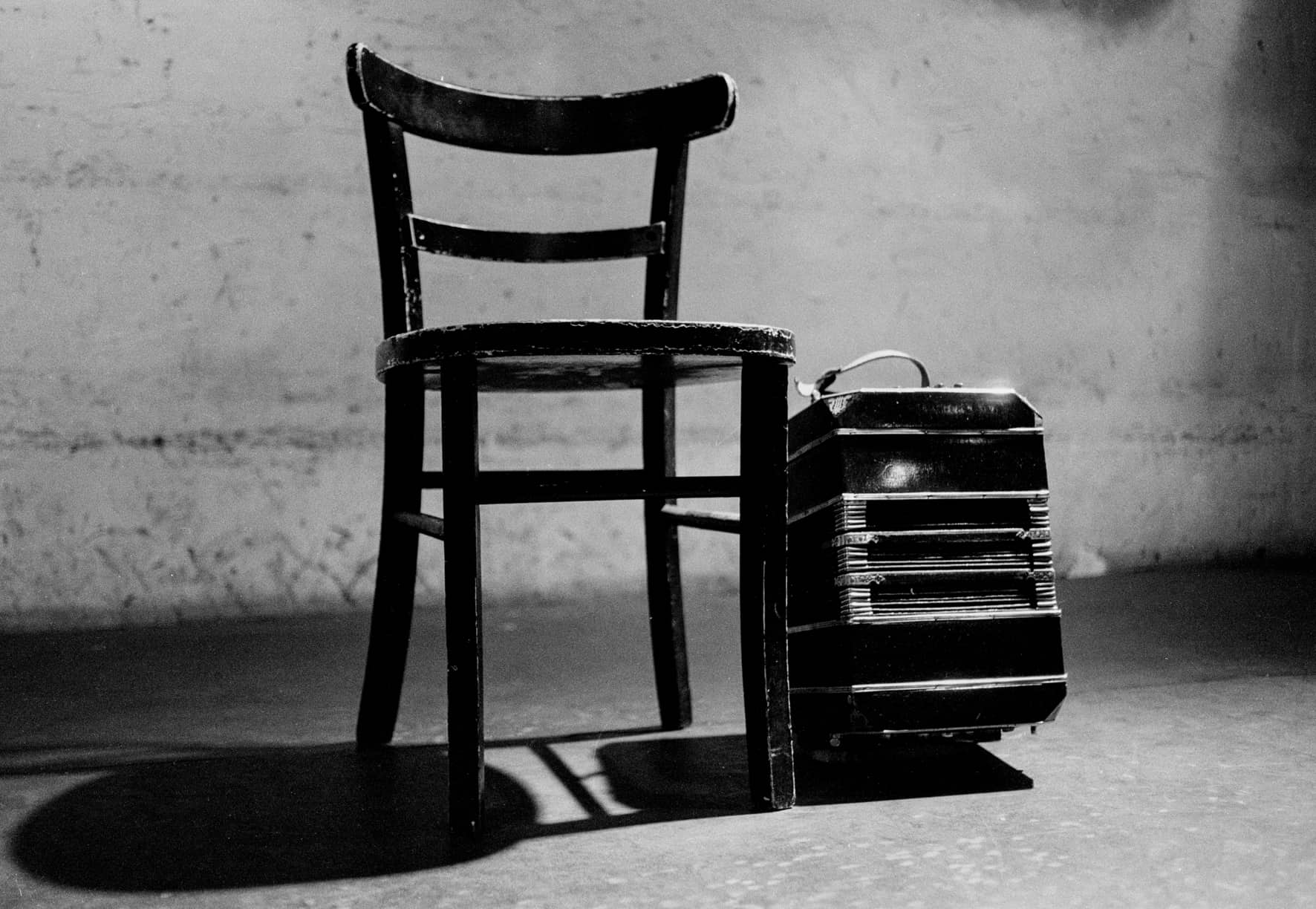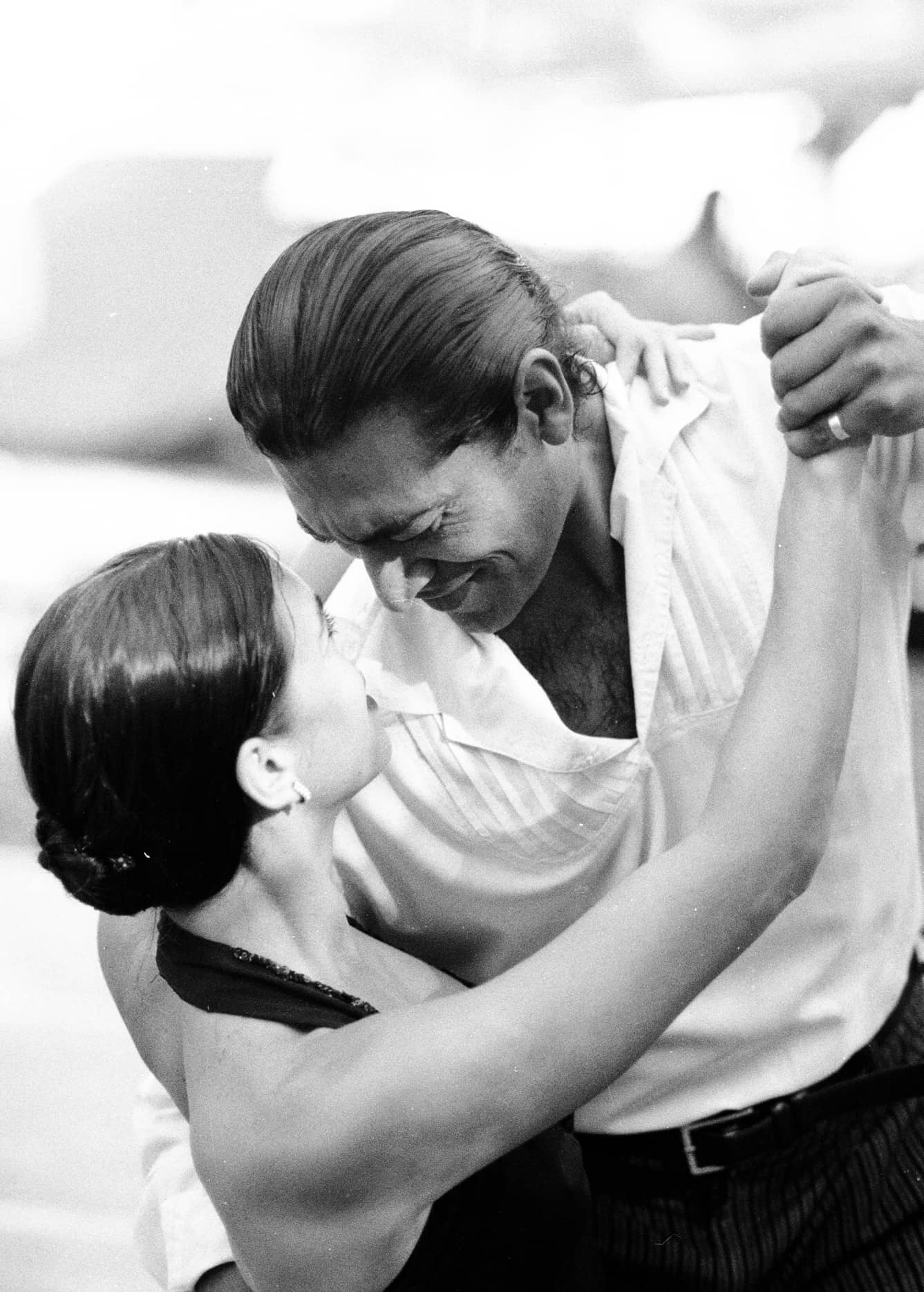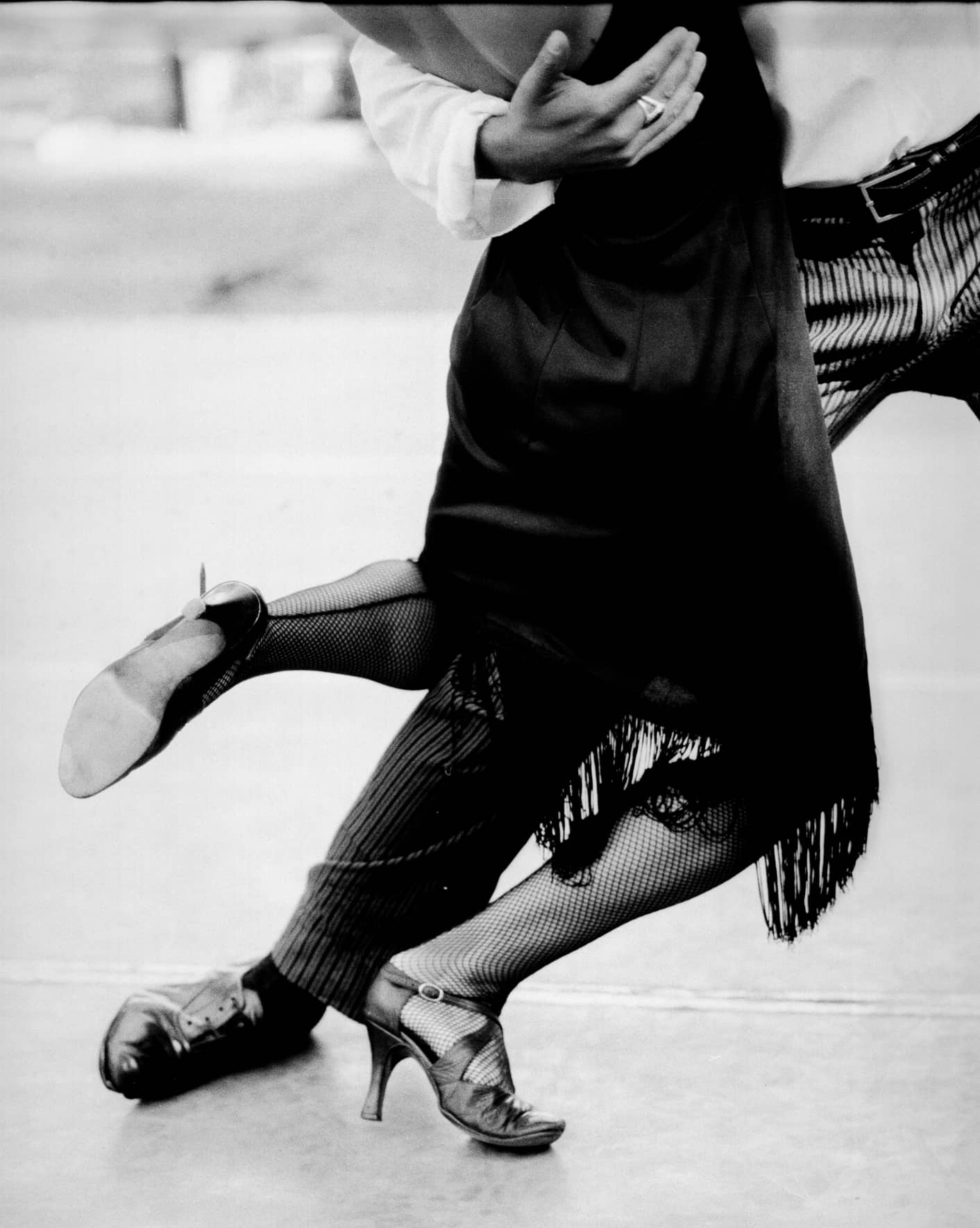Photographer
Iller Bedogni

TANGO
The undisputed protagonist of this story is the Tango, a simple expression of the soul of Buenos Aires. I wanted, in the title, to close in words the approach to what is not only an art of music, of the body, but a true emotion. An emotion of the people, of those people who, when it is evening, listen to the voices of the wind, and let feelings, through the body, become Tango. In the streets of Boca, of San Telmo, of Pompeya, where it is said that the Tango was born, I met these people, I listened to their stories full of passion, and through these photographs I tried to tell them.
To all of them a hug.
Iller Bedogni

Collection:
TANGO
The undisputed protagonist of this story is the Tango, a simple expression of the soul of Buenos Aires. I wanted, in the title, to close in words the approach to what is not only an art of music, of the body, but a true emotion. An emotion of the people, of those people who, when it is evening, listen to the voices of the wind, and let feelings, through the body, become Tango. In the streets of Boca, of San Telmo, of Pompeya, where it is said that the Tango was born, I met these people, I listened to their stories full of passion, and through these photographs I tried to tell them.
To all of them a hug.
Iller Bedogni
Foreword
We have always maintained, and we are not the only ones, that the tango is more than just a music, a dance or a song. It configures a true universe that originates from this source and knows how to hide and originate unsuspected territories where passions, feelings, stories and even mysterious inhabitants converge, including spirits and ghosts of times past.
Read More
It is then that we become aware of the difficulty of capturing from the lens of a camera, fragments of a territory that is enveloped by the atmosphere of this universe and leaving it depicted in the image. Such a difficult and risky challenge that can only be accomplished by an artist, the only being endowed with the gift of the necessary ability to tackle such a singular purpose. Iller Bedogni did it, he found the right key, the way to capture this brief yet real mystery. He has chased the places where these landscapes exist and where these spirits dwell or pass through. He probably found the key through his love for what he was looking for, with a skilful capacity for sensorial approximation fuelled by intuition and mastery of his photographic technique. With this attitude he arrived in the city that was the cradle and soul of this Tango: Buenos Aires. And there he was able to get close to the oldest corners of this passion to which a people has given life with its creative fire. Thus, he encountered its mythical neighbourhoods: Pompeya, La Boca, San Telmo, l’Abasto; the unbeatable figure of a Gardel who appears to us in song. Places where those spirits that sprout from his most intimate corners still hover, where a story of passion becomes an odyssey that stubbornly resists merciless time. Bars that preserve within their walls atmospheres and mists that never cease to dissolve, such as the Bar de El Chino or all those around the Plaza Dorrego; places that not only exist but also generated songs, such as the Caminito street; dancers who embrace each other dancing as in ritual ‘cayengues’ ceremonies; objects, paintings and characters that seem to come from other lives and at the same time to be in this one; monuments where myths take shape beyond our ability to project them in time or redeem them in memory. All the fragments of this vast and singular cosmos, Iller Bedogni has been able to grasp. He has left it depicted in his photographs so that we can appreciate and savour it.
Hector Negro
June 2002
Journalist, poet, member of the National Tango Academy in Buenos Aires
The Tango
Argentina has two national anthems: the official, which is sung in ceremonies, and Mi Buenos Aires Querido, a tango. This is the country’s most authentic form of popular music, which has made Argentina famous throughout the world.
How he was born:
Its history began in the 19th century. At that time, large waves of European immigrants began to arrive throughout the Rio de la Plata region, both in Uruguay and Argentina; a fact that coincided with the return of veteran soldiers from the civil wars that lasted 50 years and began immediately after independence from Spain. These latter arrivals, with Italians, Spaniards, Eastern Europeans and Jews, merged with the local population, which was already a mixture of Spaniards, Africans and indigenous Americans. Each of these groups brought their own musical knowledge, and in that turbulent and fundamentally masculine environment, the falling rhythms of candombe, (music that arrived with the African slaves) mingled with the melodies of Andalusia, southern Italy, Argentine folk music, the milonga (traditional gaucho song).
Sometime in the 1880s all these cultural elements combined to create something new and tremendously beautiful: the Tango
A night music:
When and where exactly it arose are two questions that continue to be mysterious and controversial, but what is certain is that the beginning of the tango did not take place in refined circles. At that time, the most important meeting place for the working class was the brothel, which was practically considered the city’s only cultural centre. In its salons, musicians played and sang suggestive and often obscene lyrics, which gave the tango its reputation as scabrous.
Erotic, passionate, melancholic, it enraptures not only the body but also the soul.
Initially danced by pimps and prostitutes, it was able to seduce the popular imagination for a hundred years, before becoming an international cult at the end of the 20th century.










































































































